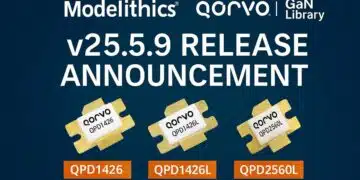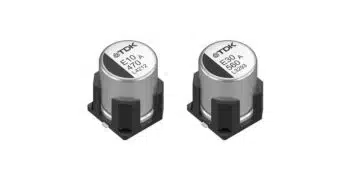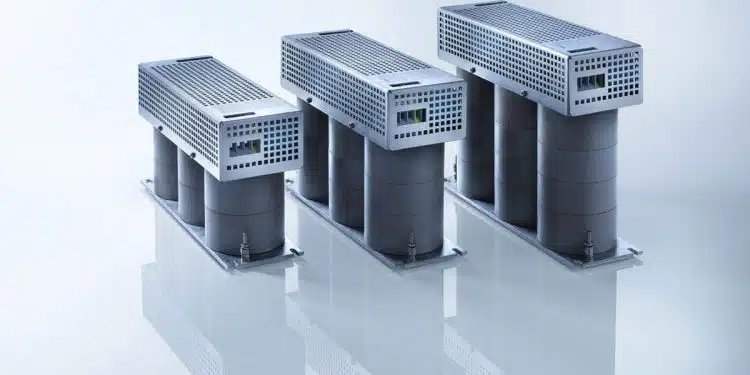SMP Sintermetalle Prometheus GmbH & Co KG (SMP) has extended the frequency range for inductors, inductive components and EMC filter systems. Filter damping in all-mode products now has an effective range of up to 5 GHz.
SMP manufactures and develops EMC filter systems and inductive suppression components based on All Mode Technology (AM), a registered trademark of SMP. AM technology enables simultaneous filtering of both common mode and differential mode disturbances.
Consequently, the number of filter components needed is reduced by about 50 percent. The High Frequency Composite Materials (HFCM) developed and produced in-house by SMP enable frequency stabilities up to 5 GHz, very low losses, and saturation induction of up to 2 Tesla. For noise-sensitive applications, SMP offers magnetostriction-free components.
The inductors and AM filters are maintenance-free, lightweight and compact. They have a minimum stray field and can be used for currents up to 3000 Ampere.
The components are available in sizes from 19 mm to 300 mm and weights from 0.05 kg to 130 kg. For harsh environmental conditions, they can be realized in temperature class H (180°C) according to DIN EN 60085 in combination with fire protection class HL3 according to DIN EN 45545. Protection classes range from IP00 to IP67 according to DIN EN 60529. This means that the inductors and filters can be used in PD4-level environmental conditions, both inside and outside a converter or electric system. Cooling methods include air cooling, water cooling and free convection. All SMP products are RoHS and REACH compliant, as well as CE, EAC and UKCA certified and UL listed.
Features
- Frequencies: DC up to 5 GHz
- HFCM materials
- AM technology
- Currents: up to 3000 A
- Saturation induction: up to 2 T
- Temperature class: H (180°C) according to DIN EN 60085
- Protection class: IP00 to IP67 according to DIN EN 60529
- Fire protection: HL3 according to DIN EN 45545
- Cooling methods: free convection, air cooling, water cooling
Applications
power electronics applications in
- drive technology
- robotics
- automotive
- aerospace
- railway engineering
- medical engineering
- renewable energies
- energy conversion






























